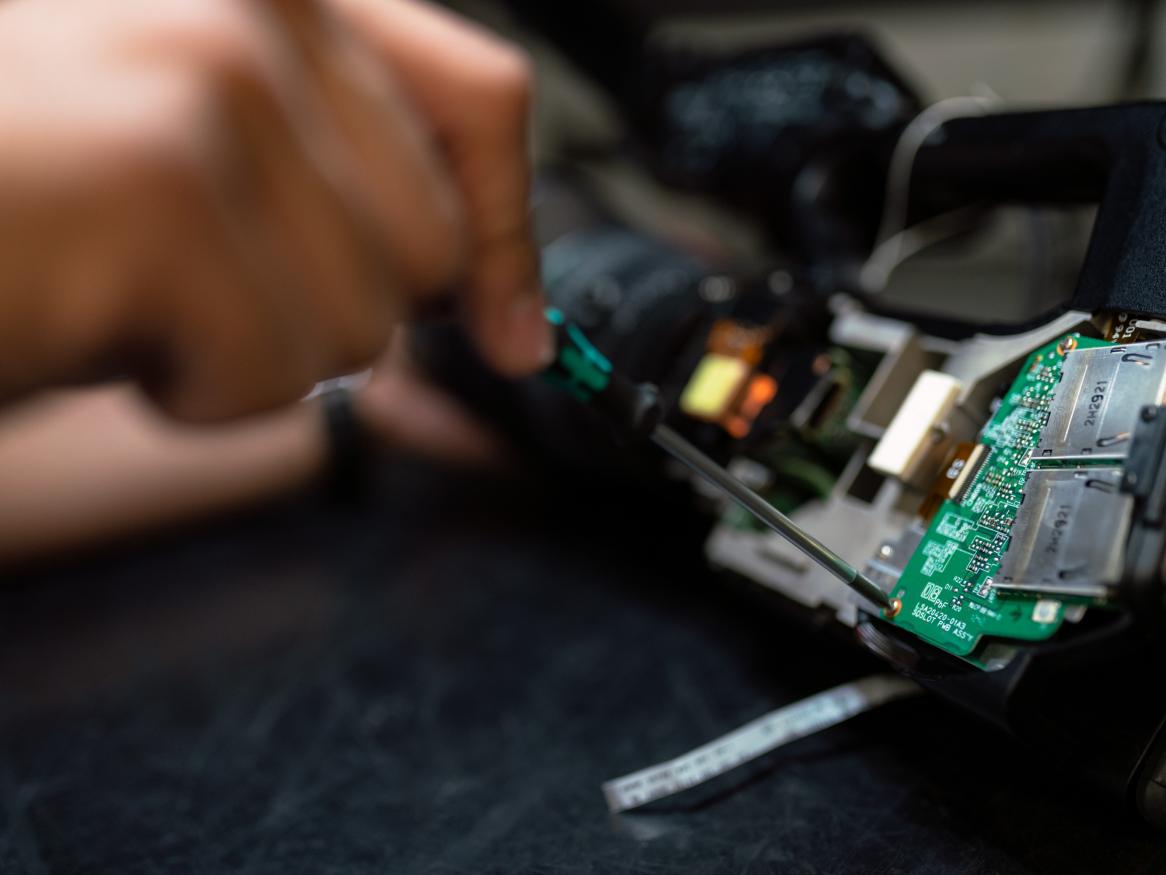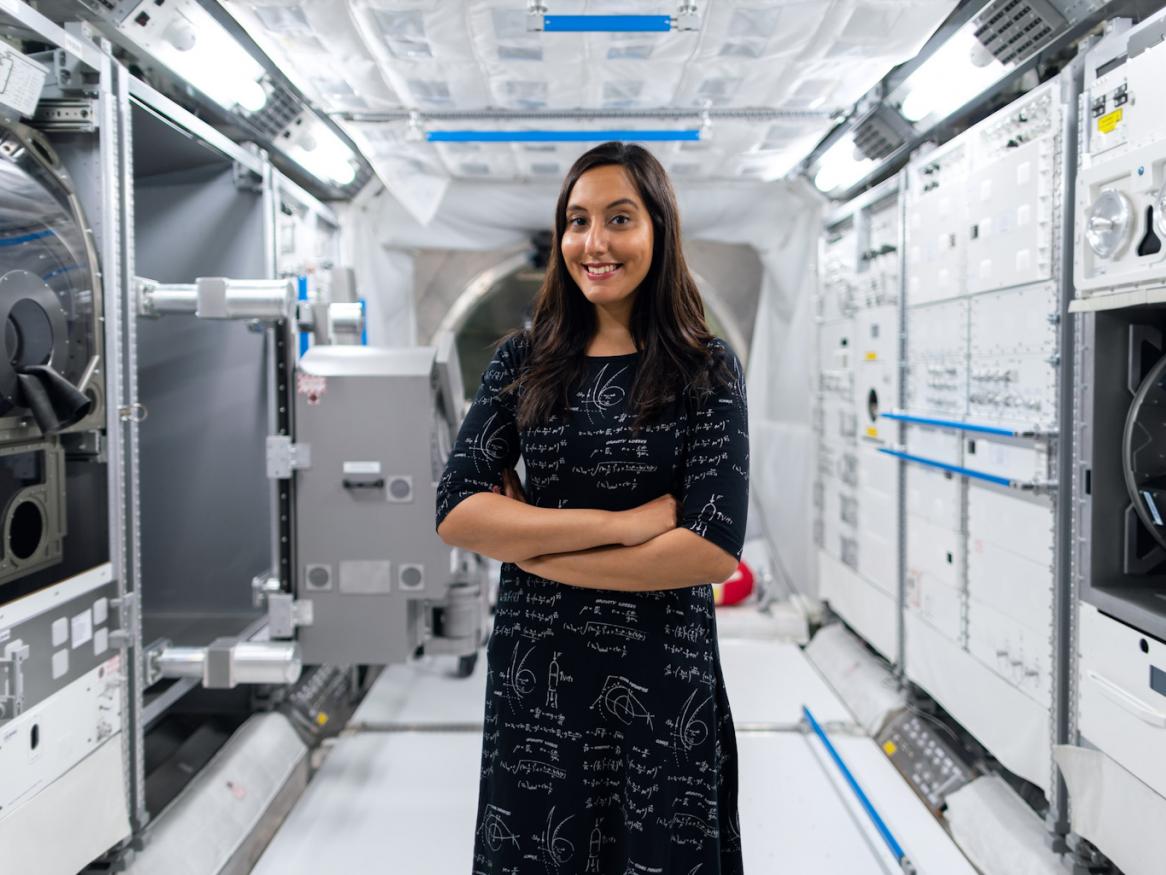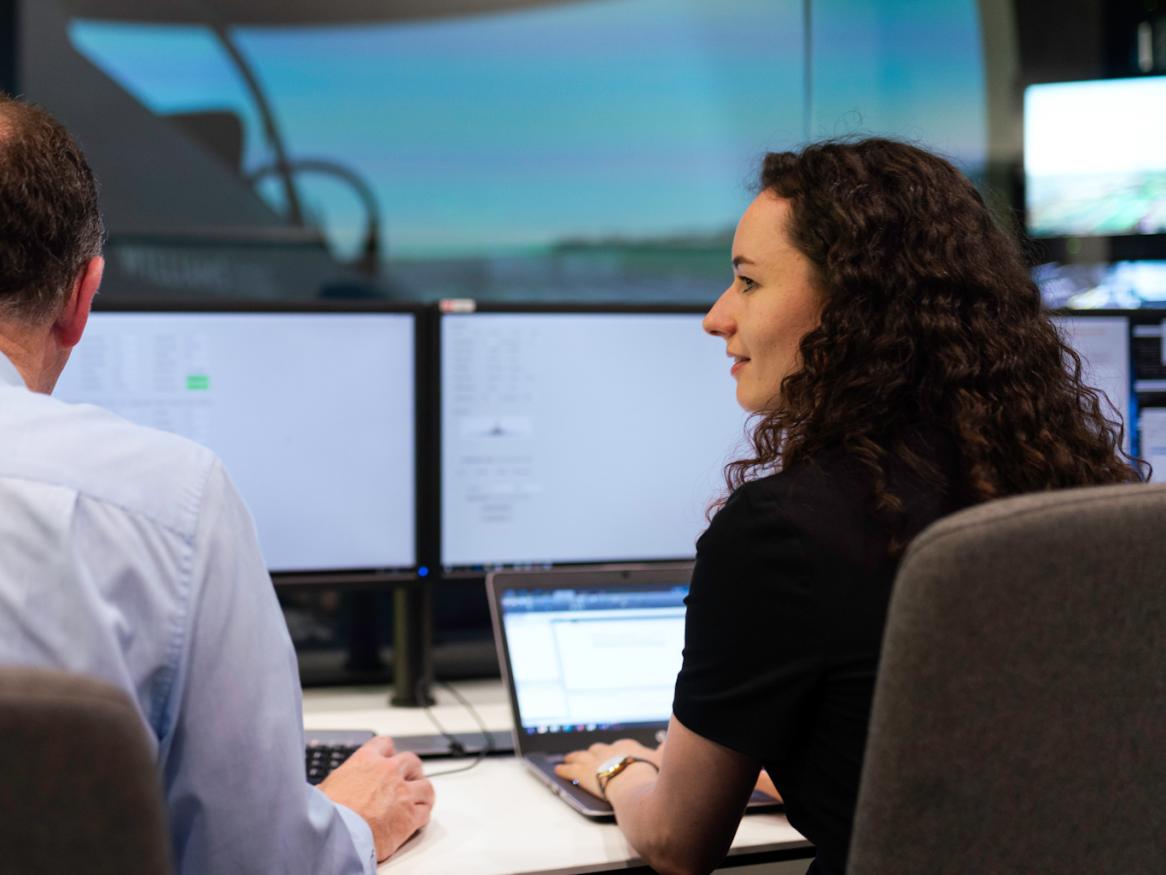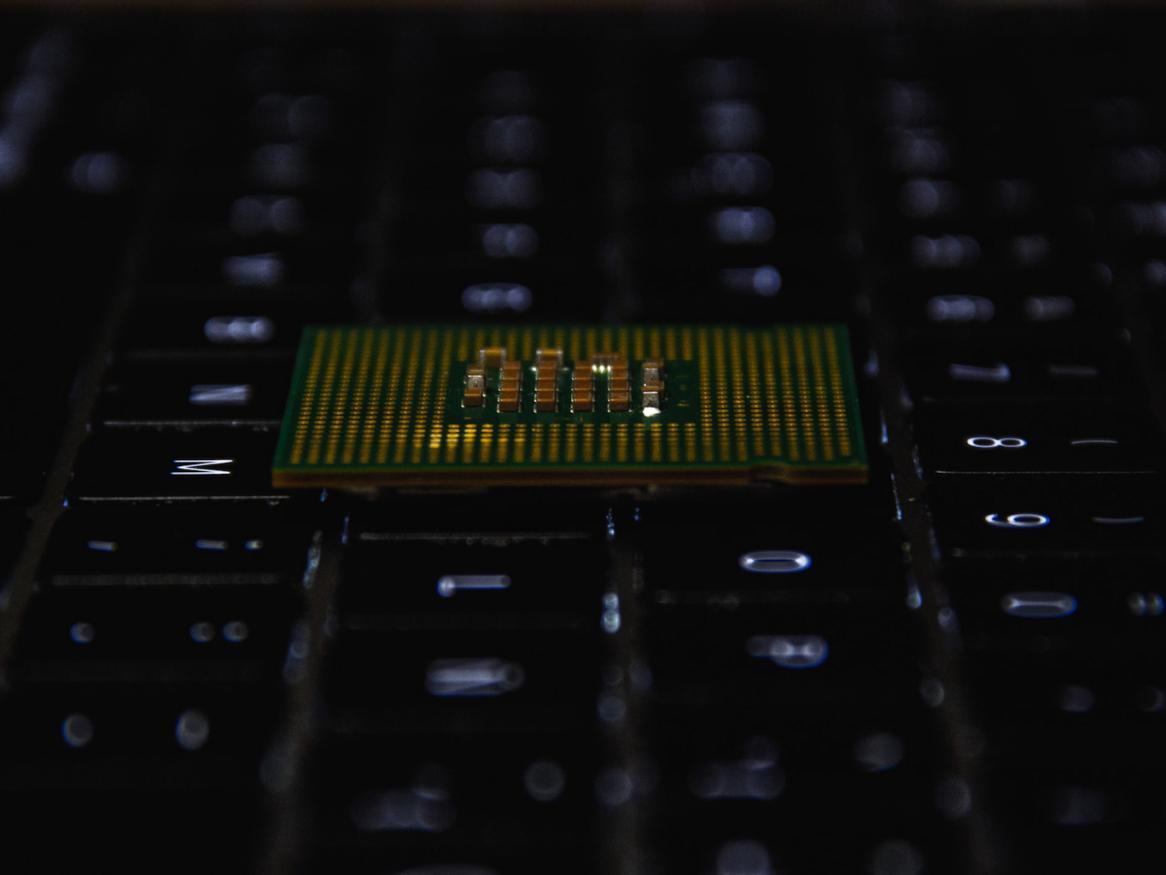Defence Trailblazer: Concept to Sovereign Capability
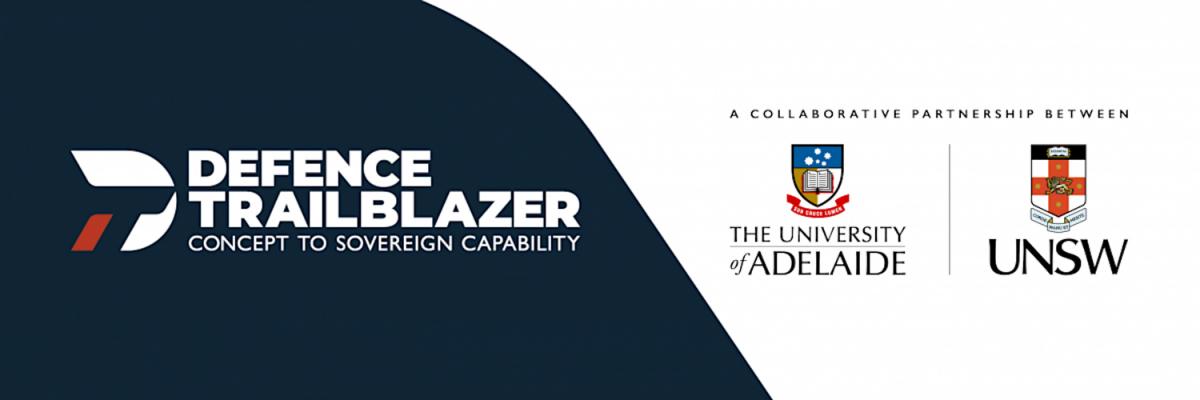
Undertake a research degree with Defence Trailblazer and prepare yourself for a career in the defence industry.
Defence Trailblazer: Concept to Sovereign Capability is a pioneering research translation initiative, aimed at strengthening collaboration between academia, industry and defence. The program - a partnership between the University of Adelaide, University of New South Wales, and over 50 industry partners nationally - will co-ordinate cross-sector research and training, to boost Australia's defence innovation capacity, and produce an estimated economic benefit of $1.5 billion over ten years. A key pillar of the Defence Trailblazer is the Industry Research Program (IRP), which will create PhD scholarships to support defence-driven research projects.
The University of Adelaide is working with our Trailblazer partners to create innovative research programs for incoming HDR students. All available projects have been co-designed by University and industry researchers, and will allow the successful candidates to work at the interface of industry and academia.
Benefits for HDR students
Successful applicants to the Defence Trailblazer program will:
- Undertake a specially-designed research project in collaboration with a defence industry leader;
- Receive a $50,000 per annum tax free scholarship for the duration of candidature;
- Have the opportunity to undertake a research internship with the industry partner; and
- Receive mentoring and specialist training from academic and industry experts.
Get involved
Prospective applicants to the Defence Trailblazer IRP are invited to review the available projects below, for study at the University of Adelaide. For more information about the projects and their requirements please contact the relevant academic supervisor for a confidential discussion (contact details can be found in the advertisements). A formal expression of interest can be submitted via the Defence Trailblazer portal.
If your eligibility assessment is approved, please lodge a formal application for admission and/or scholarship via the Adelaide Graduate Research School. Please note that applicants must meet the minimum academic requirements for HDR admission at the University of Adelaide.
Available projects
SRC Aus: Development of broadband electronic warfare sensors for signal detection and direction finding
In military terms, electronic support (ES) is the branch of electronic warfare (EW) related to the collection and analysis of electromagnetic signals in the environment to identify and inform decision makers/users for situational awareness. The aim of this project is to develop a novel airborne ES sensor capable of operating in a complex congested Radio Frequency (RF) environment.
Silentium Defence: Space Domain Awareness Object Characterisation
There are strong national security and commercial imperatives to develop capabilities for obtaining situational awareness in space. Radar is a mature sensing technique that can be used in the space domain. Passive radars exploit emitters of opportunity, such as terrestrial broadcasts, to provide the transmitted signals. The subsequent low probability of discovery is particularly attractive for surveillance. However, the lack of control over transmit waveform raises technical challenges for detection and classification. This project will explore novel signal processing approaches to address these challenges.
Saab Australia: Multistatic and bi-static localisation of underwater targets
Bi-static and Multi-static localisation use time differences of arrival between multiple receivers to localise objects being tracked by active sonar. The aim of this project is to develop a multi-static deinterleaver algorithm that consistently assigns detection events to real-world tracks, in order to execute bi-static and multi-static geometric calculations. Solving this problem is expect to require a combination of tracker development, statistical methods, machine learning and hardware-accelerated brute-force computation.
Saab Australia: Target motion analysis from Doppler sensors
Target Motion Analysis (TMA) is the process of estimating the two-dimensional location of a moving platform, using a temporal sequence of one-dimensional (bearing) observations from a moving sensor. Doppler (range-rate) information may also be available. TMA is used for passive acoustic surveillance and is therefore a core function in anti-submarine warfare, whether conducted by submarines or surface combatants. TMA solutions are inherently ambiguous under an assumption of straight-line movement, therefore manoeuvre is used by the sensor operator to resolve ambiguities, and by the tracked target to mislead TMA processes being conducted by adversaries.
Silanna: Optimization of Superconducting Devices by Mean of Quantum Field Theories
Leaning on the zero resistance properties of superconductors materials, superconducting technology has garnered considerable theoretical and practical interest, with applications spanning the areas of quantum computing, ultra-high precision sensing and quantum metrology. The key phenomenon underpinning these sectors is the Josephson effect, which is the ability for quantum tunnelling super-current to flow between two superconducting electrodes. This effect has been exploited to construct Superconducting Quantum Interference Devices (SQUIDs), which can be used as state-of-the-art sensors of electromagnetic (EM) signal. More recently, several new kinds of SQUID devices have demonstrated a great potential for Defence/medical applications such as, for example, the task of capturing and analysing signals used for communications. So far, circuit models have been used to model the performances of these devices, however these are somehow limited. Hence, by using new effective field theories for superconductivity such as the phenomenological Ginzburg-Landau formalism or the non-equilibrium statistical mechanic’s approaches, this project will develop and implement a new class of microscopic models. This in turn can be used to validate the behaviour of more complicated devices.

